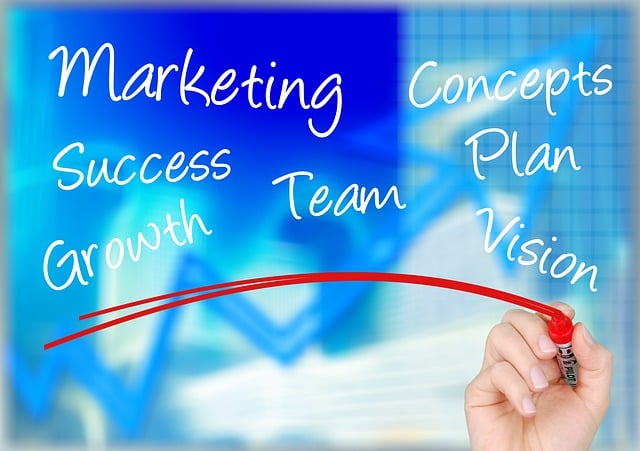The commercial landscaping industry is experiencing a revolution thanks to Artificial Intelligence (AI), which automates tasks and enhances efficiency. Advanced algorithms optimize work plans based on weather, plant cycles, and schedules, improving team performance and resource allocation. AI-powered robots handle labor-intensive jobs like mowing and trimming, allowing human workers to focus on complex maintenance. AI crew time tracking and productivity dashboards provide real-time performance monitoring, enabling managers to make informed decisions, optimize scheduling, and drive operational excellence while reducing costs and increasing service quality.
The future of commercial landscaping is here, driven by Artificial Intelligence (AI) that’s transforming the way we maintain outdoor spaces. This article explores the multifaceted impact of AI in commercial grounds maintenance, from the rise of intelligent robotics to efficient crew management and powerful data visualization tools like productivity dashboards. Discover how AI optimizes operations, enhances aesthetics, and drives success in today’s competitive landscape industry. Key focus areas include AI crew time tracking for streamlined scheduling and productivity dashboards for data-driven decision making.
- The Rise of AI in Commercial Landscaping
- – Definition and significance of AI in landscaping
- – Benefits of implementing AI technology in commercial grounds maintenance
The Rise of AI in Commercial Landscaping

In recent years, the commercial landscaping industry has undergone a significant transformation with the integration of Artificial Intelligence (AI). This cutting-edge technology is revolutionizing the way grounds maintenance is managed, offering efficient and precise solutions to long-standing challenges. AI brings a new level of intelligence and automation to tasks that were once manual and time-consuming.
One of the key benefits of AI in landscaping is its ability to optimize crew time tracking and productivity. Advanced algorithms can analyze vast amounts of data, including weather patterns, plant growth cycles, and maintenance schedules, to create intelligent work plans. These digital dashboards provide real-time insights into team performance, allowing managers to make data-driven decisions. By automating routine tasks and offering detailed analytics, AI crew time tracking ensures efficient resource allocation, increases productivity, and ultimately enhances the overall quality of landscaping services.
– Definition and significance of AI in landscaping

Artificial Intelligence (AI) is transforming the landscape of commercial landscaping, offering efficient solutions for ground maintenance that were once labor-intensive. By leveraging AI technologies, robotic grounds maintenance systems can autonomously perform tasks such as mowing, edging, and debris removal, significantly reducing the need for manual labor. This shift not only cuts down on labor costs but also enhances productivity by ensuring consistent quality and timely completion of maintenance tasks.
The integration of AI crew time tracking and productivity dashboards is a key aspect of this transformation. These tools enable landscaping companies to monitor the performance of their robotic systems in real-time, providing insights into efficiency gains and areas for improvement. With AI, managers can optimize scheduling, allocate resources more effectively, and make data-driven decisions that contribute to overall operational excellence.
– Benefits of implementing AI technology in commercial grounds maintenance

Implementing AI technology in commercial grounds maintenance offers numerous benefits, revolutionizing how landscapes are managed. One of the key advantages is enhanced efficiency through automated tasks. AI-powered robots can take on repetitive jobs like mowing, trimming, and raking, freeing up human workers to focus on more complex maintenance and creative design elements. This strategic redistribution of tasks not only improves productivity but also ensures a consistent and high-quality finish.
Additionally, AI crew time tracking and productivity dashboards provide valuable insights into groundskeeping operations. These digital tools can monitor worker performance, track progress on tasks, and generate real-time data on equipment utilization. Such data-driven approaches enable informed decisions, optimize resource allocation, and ultimately lead to cost savings for businesses.
The integration of AI in commercial landscaping offers a promising future for efficient and sustainable grounds maintenance. By automating tasks and leveraging intelligent systems, businesses can significantly reduce labor costs and improve overall productivity. AI-powered robots, equipped with advanced sensors and machine learning capabilities, ensure precise lawn care, trimming, and pest control. Moreover, real-time data analysis through crew time tracking and productivity dashboards allows managers to optimize scheduling, enhance worker performance, and make data-driven decisions. As this technology continues to evolve, we can expect a more vibrant and efficient green space management industry.
